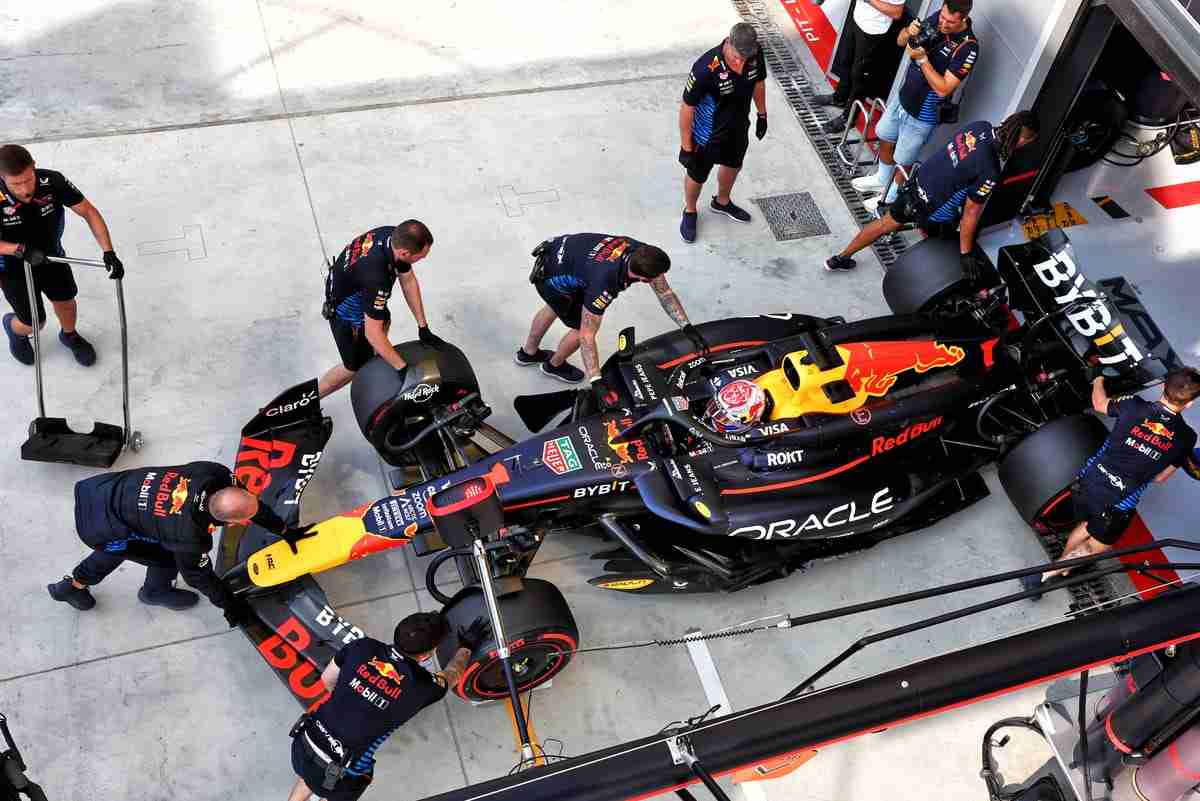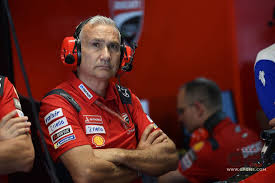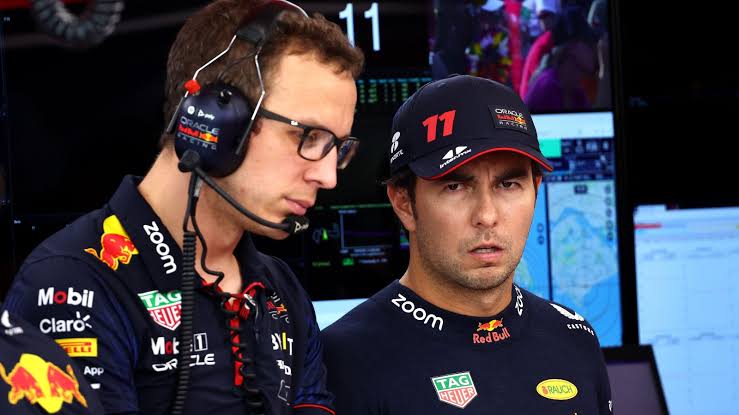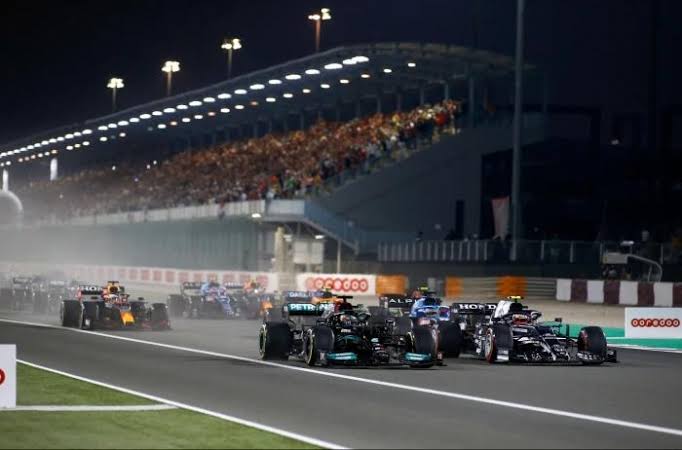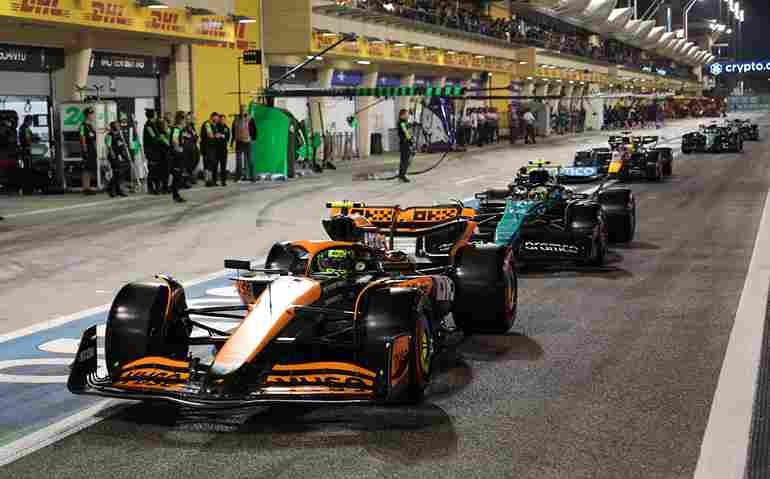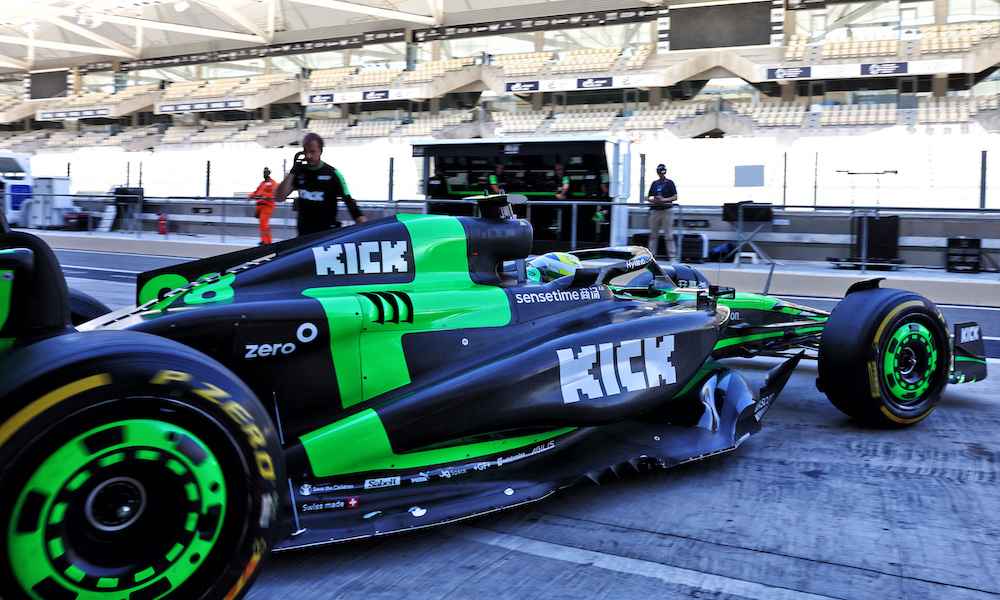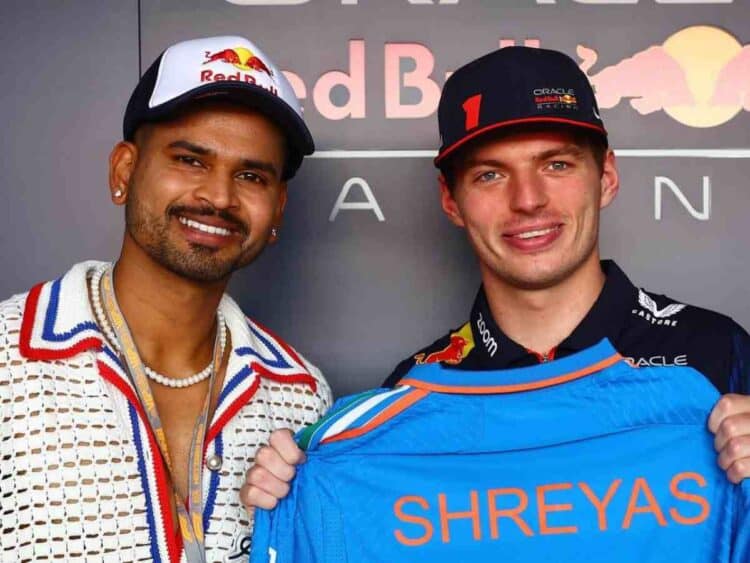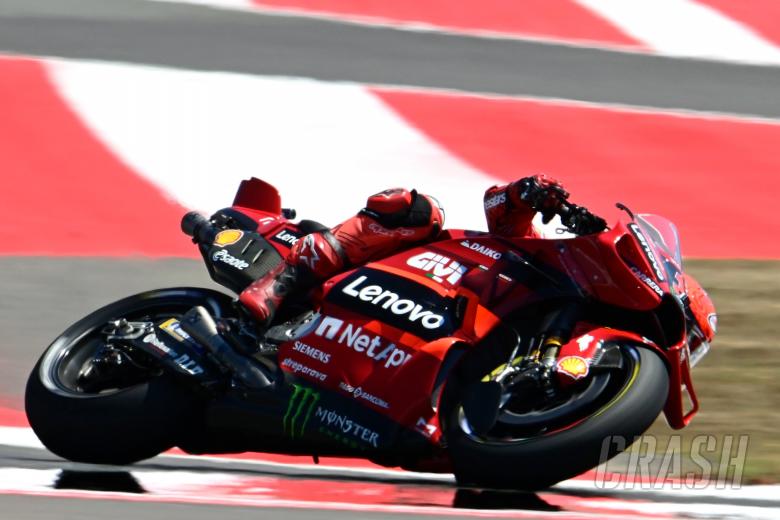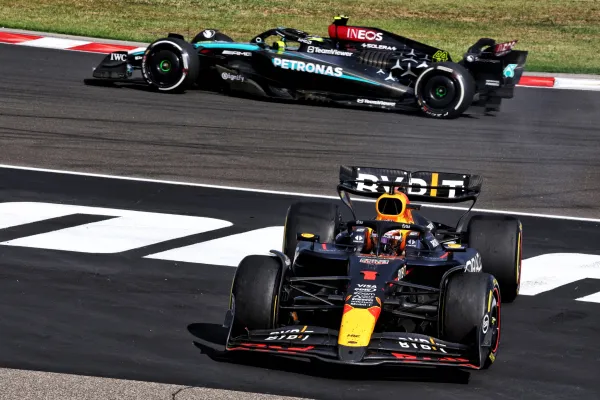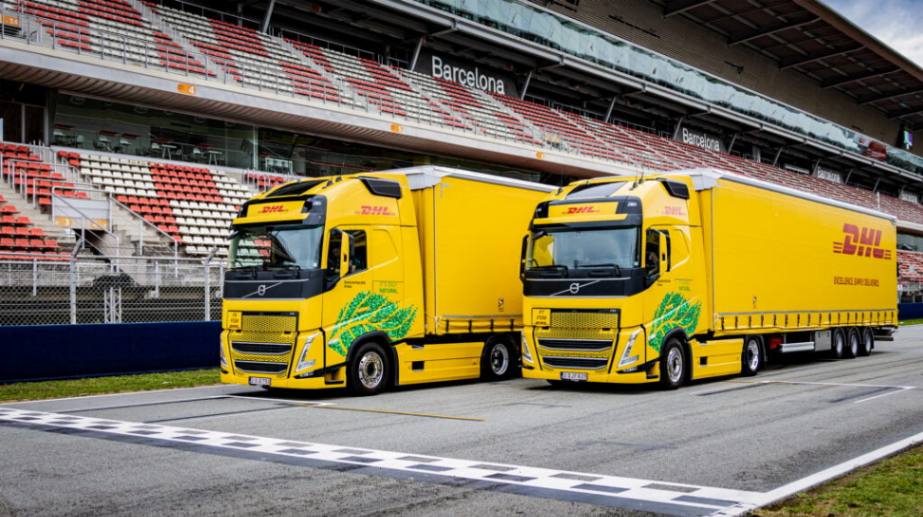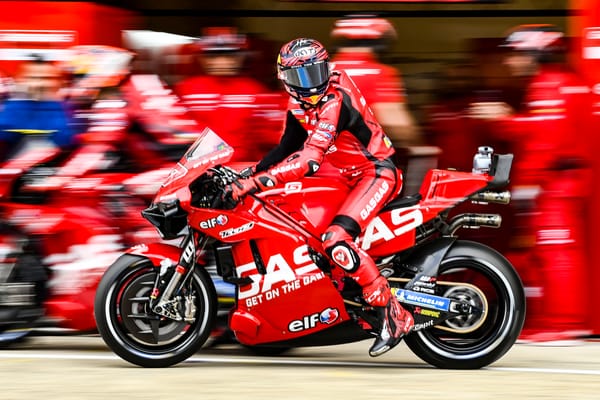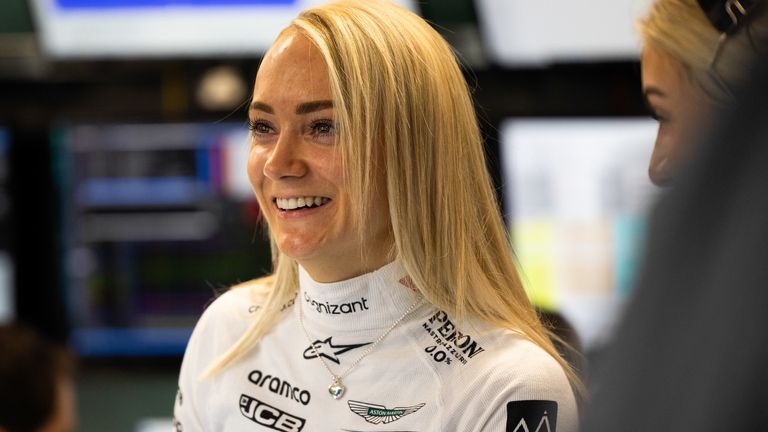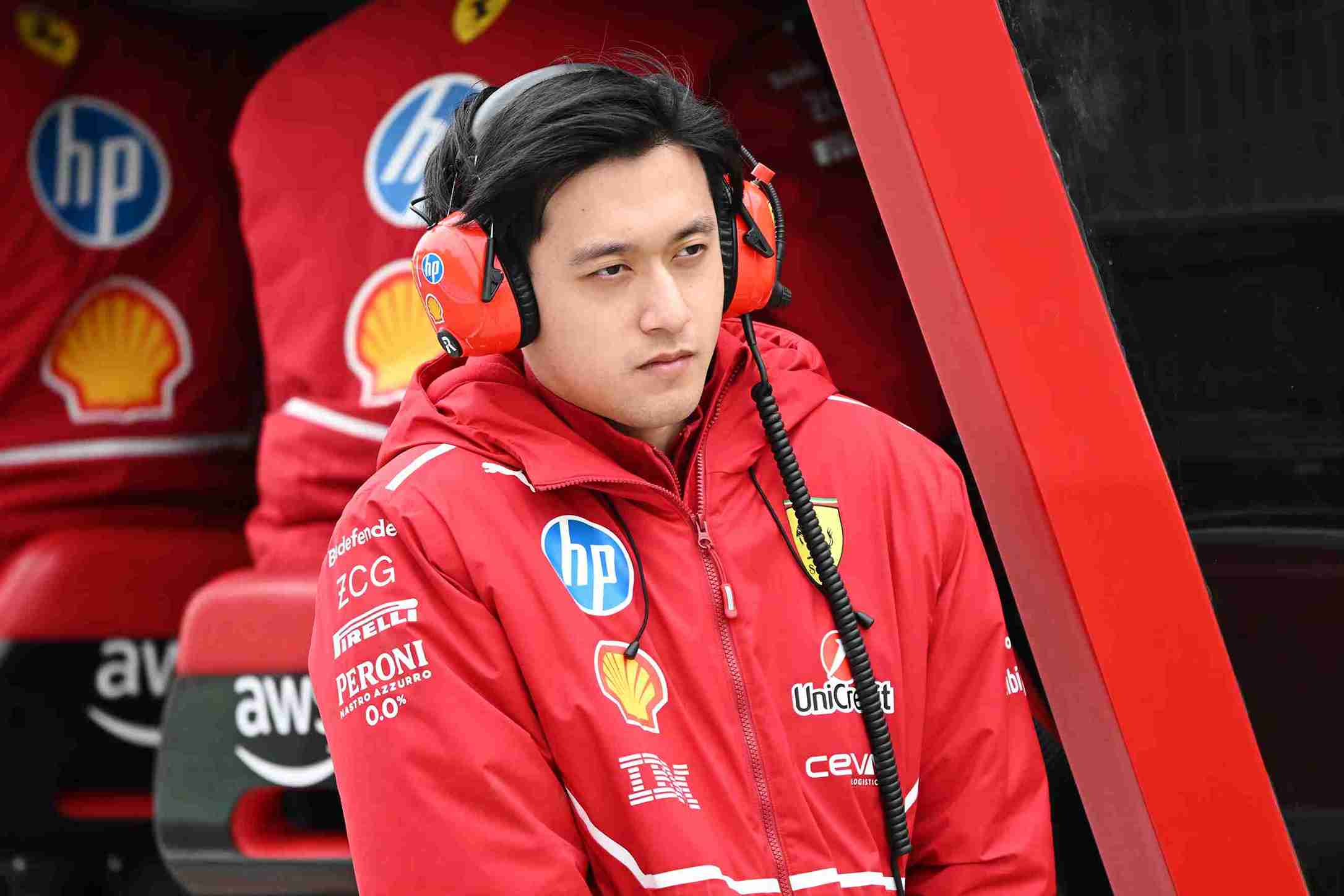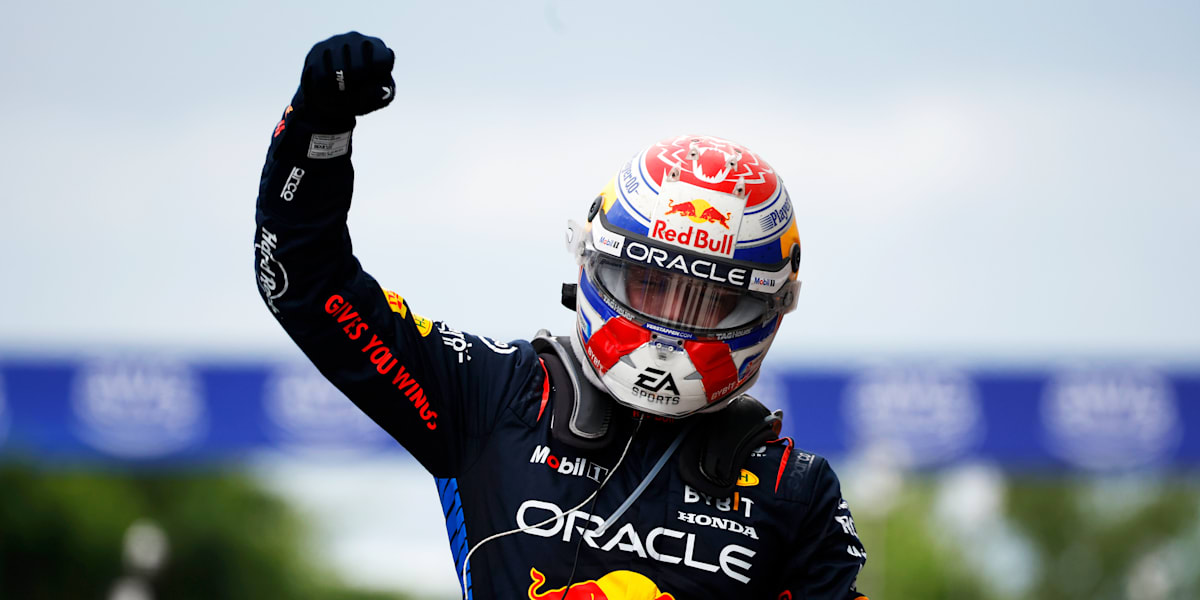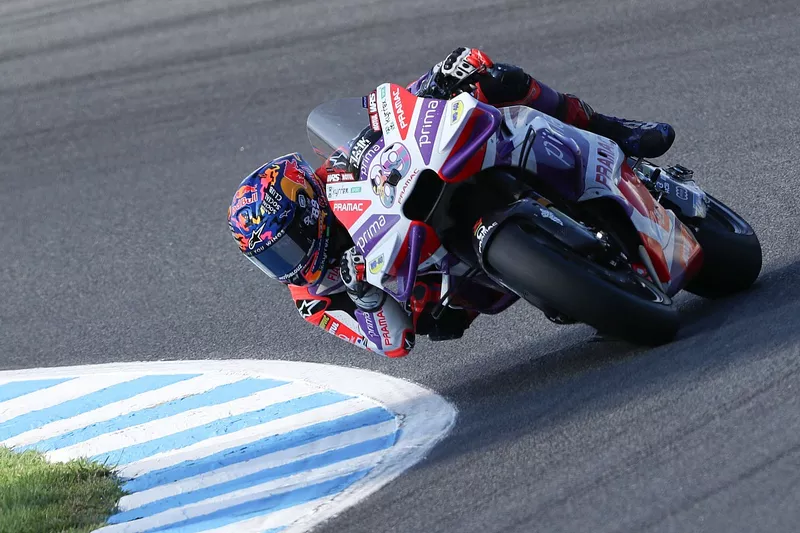Red Bull’s Struggles Against Top Teams In 2025
Max Verstappen, the reigning Formula 1 World Champion, has long been synonymous with dominance on the track. His partnership with Red Bull Racing has brought unparalleled success to the team, cementing their place as one of the most formidable forces in motorsport. However, as the 2025 Formula 1 season unfolds, Verstappen has raised concerns about Red Bull’s performance, claiming that the team is now slower than all its major rivals. Once the benchmark for speed and innovation, Red Bull finds itself grappling with challenges that threaten its supremacy.
This article delves into Verstappen’s observations, examines the factors behind Red Bull’s struggles, and explores what this shift means for the team and its future in Formula 1.
Red Bull’s Fall from Grace: A Sobering Reality
Red Bull Racing has been a dominant force in Formula 1 for years, with Max Verstappen leading the charge to multiple championships. However, recent races have painted a starkly different picture. In a candid post-race interview following the Chinese Grand Prix sprint race, Verstappen admitted that Red Bull might be slower than all top teams, including McLaren, Ferrari, and Mercedes. This revelation is a stark contrast to their previous dominance.
The team’s struggles have been evident throughout the early stages of the 2025 season. While Verstappen continues to showcase his exceptional driving skills, Red Bull’s car performance has left much to be desired. Issues such as tire degradation, inconsistent pace across different tracks, and technical setbacks have hampered their ability to compete at the highest level.
Verstappen’s comments reflect not just frustration but a deep concern about Red Bull’s ability to remain competitive in a sport where innovation and adaptability are key to success. The question now is whether Red Bull can overcome these challenges or if this marks the beginning of a downward trend for one of Formula 1’s most iconic teams.
Key Challenges Facing Red Bull Racing
The decline in Red Bull’s performance can be attributed to several factors that have emerged over the past few months. Let’s take a closer look at these challenges:
1. Tire Degradation: A Persistent Problem
One of the most pressing issues plaguing Red Bull Racing is excessive tire wear during races. Verstappen himself has highlighted this problem multiple times, noting that tire degradation has significantly impacted his ability to maintain competitive lap times. This issue was particularly evident during practice sessions and qualifying rounds in recent races.
Tire management is a critical aspect of Formula 1 strategy, and teams like McLaren and Mercedes have made significant advancements in this area. Red Bull’s inability to keep up has put them at a disadvantage, especially on circuits where tire wear plays a pivotal role in race outcomes.
2. Rising Competition from Rivals
The competitive landscape of Formula 1 has shifted dramatically in recent years. McLaren, Ferrari, and Mercedes have all made substantial improvements to their cars, challenging Red Bull’s dominance on multiple fronts.
McLaren has emerged as a particularly formidable opponent, with their innovative car designs and strategic race management earning them podium finishes consistently this season. Ferrari has also made strides in aerodynamics and engine performance, while Mercedes continues to refine its hybrid power units for maximum efficiency.
Verstappen himself acknowledged McLaren’s rise during an interview: “They’ve really stepped up this year—they’re strong everywhere.” This growing competition underscores the need for Red Bull to innovate rapidly if they wish to remain in contention for championship titles.
3. Technical Adjustments Gone Awry
In response to their struggles, Red Bull made significant changes to their RB21 car ahead of the 2025 season. These adjustments were aimed at improving handling and minimizing tire wear but have yet to deliver consistent results on race day.
While some modifications have shown promise during testing phases, they’ve failed to translate into tangible improvements during actual races. This inconsistency has left both drivers—Verstappen and Sergio Pérez—frustrated and searching for answers.
4. Strategic Missteps
Another factor contributing to Red Bull’s decline is their race-day strategy. In an effort to compensate for slower pace compared to rivals, the team has occasionally adopted aggressive strategies that backfire under certain conditions—such as high tire wear or unpredictable weather changes.
To explore more about how top-performing teams like Ferrari optimize their race strategies for maximum efficiency under challenging conditions, check out our article.
Max Verstappen: A Champion Under Pressure
Max Verstappen remains one of Formula 1’s most talented drivers—his skill behind the wheel is unquestionable. However, even champions need machinery capable of matching their abilities. As Red Bull grapples with its current challenges, Verstappen finds himself under immense pressure to deliver results despite being at a disadvantage.
In interviews following recent races, Verstappen expressed both frustration and optimism about the team’s situation: “We’re not where we want to be right now—it’s clear we’re struggling compared to others—but I know we can turn things around.”
His confidence in his own abilities remains steadfast; however, his patience with ongoing issues appears limited. For Verstappen—a driver accustomed to winning—this period of struggle represents uncharted territory.
What Can Red Bull Do? Strategies for Recovery
Red Bull Racing is no stranger to adversity; they’ve overcome challenges before through innovation and resilience. To regain their competitive edge against top teams like McLaren and Ferrari this season, they’ll need a multifaceted approach:
1. Prioritize Development
Red Bull must focus on refining key aspects of their car design—particularly aerodynamics and tire management systems—to address performance deficits effectively.
Investing resources into research-and-development efforts will be crucial moving forward if they wish not only catch up but surpass rival teams technologically.
2.Strategic Race Management
Adopting conservative strategies could help mitigate risks associated w/ tire wear while maximizing points during races where outright speed may not achievable is possible. This approach could involve prioritizing tire conservation and making strategic pit stops that align with race conditions, rather than pushing for aggressive overtakes that may lead to increased tire degradation.
3. Enhanced Communication and Collaboration
Strengthening the communication between drivers and engineers is vital for Red Bull Racing. Ensuring that feedback from Verstappen and Pérez is effectively utilized can lead to more informed decisions regarding car adjustments and race strategies. Regular debriefs after practice sessions, qualifying, and races can help the team quickly identify what works and what doesn’t.
4. Embrace Innovation
Innovation has always been at the heart of Red Bull’s success. The team should continue to explore new technologies and methods to enhance performance. This includes leveraging data analytics to understand tire performance better, experimenting with different setups, and potentially collaborating with external experts in aerodynamics or tire technology.
5. Focus on Mental Resilience
The psychological aspect of racing cannot be underestimated. Verstappen and Pérez must maintain a positive mindset despite the challenges they face. Mental resilience can be cultivated through support systems within the team, including sports psychologists who can help drivers manage stress and maintain focus during high-pressure situations.
The Road Ahead: Future Implications for Red Bull
As the 2025 season progresses, the implications of Red Bull Racing’s current struggles extend beyond immediate performance issues. The team’s ability to adapt and innovate will determine its future trajectory in Formula 1.
1. Impact on Driver Morale
The ongoing performance issues could affect driver morale if not addressed promptly. Both Verstappen and Pérez are competitive by nature, and consistent underperformance may lead to frustration. It’s crucial for the team to maintain a supportive environment that fosters confidence in their abilities.
2. Sponsorship and Branding Considerations
A decline in performance can also impact sponsorship deals and branding opportunities for Red Bull Racing. Sponsors are drawn to successful teams that consistently perform well on the track. If Red Bull fails to turn its fortunes around, it may face challenges in securing lucrative partnerships moving forward.
3. Long-term Development Strategy
To ensure long-term success, Red Bull must develop a comprehensive strategy that not only addresses current issues but also anticipates future challenges in Formula 1. This includes investing in young talent through their driver academy, exploring alternative technologies such as sustainable fuels or hybrid systems, and staying ahead of regulatory changes that could impact car design.
Verstappen’s Legacy: A Test of Character
For Max Verstappen, the current situation presents a unique test of character. As a driver who has tasted victory repeatedly, navigating through adversity will shape his legacy in Formula 1. How he responds to these challenges—both on and off the track—will define his career moving forward.
Verstappen’s ability to rally his team and inspire confidence during tough times will be crucial as they work together to overcome obstacles. His leadership qualities will be put to the test as he balances individual performance with team dynamics.
Conclusion: A Call for Action
As Red Bull Racing faces one of its most challenging periods in recent memory, all eyes are on Max Verstappen and his team as they strive to reclaim their position at the top of Formula 1. The road ahead will require strategic adjustments, innovative thinking, and a collective commitment to excellence.
While the current landscape may appear daunting, history has shown that teams capable of adapting can emerge stronger than ever before. For Verstappen and Red Bull Racing, this is not just about regaining speed; it’s about resilience, teamwork, and a relentless pursuit of greatness.
To discover how other teams are navigating similar challenges in Formula 1 while maintaining their competitive edge through strategic innovation, see our article.
As this season unfolds, fans around the world will be watching closely to see if Red Bull Racing can turn their fortunes around and if Max Verstappen can once again rise to the occasion as one of the sport’s greatest champions. The journey ahead promises excitement, drama, and perhaps a resurgence that could redefine their legacy in Formula 1 history.
In conclusion, while Red Bull Racing faces significant hurdles in 2025, the potential for recovery remains strong with a focused approach towards development, strategy, communication, innovation, and mental resilience. With Max Verstappen leading the charge, there is hope that this iconic team can reclaim its status as a dominant force in Formula 1 racing once again.
Stay updated on Red Bull’s rocky path through our F1 blog!
